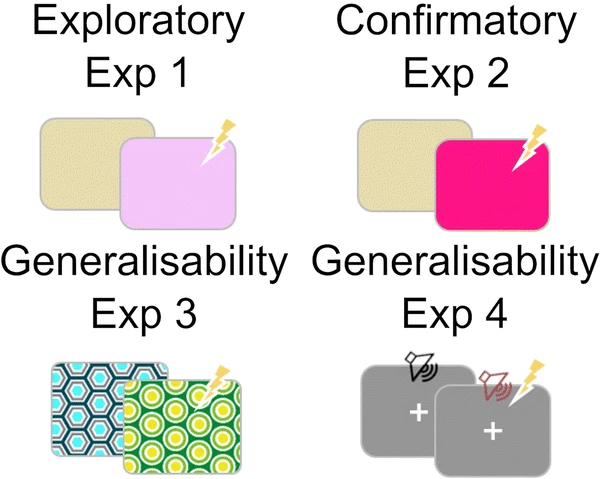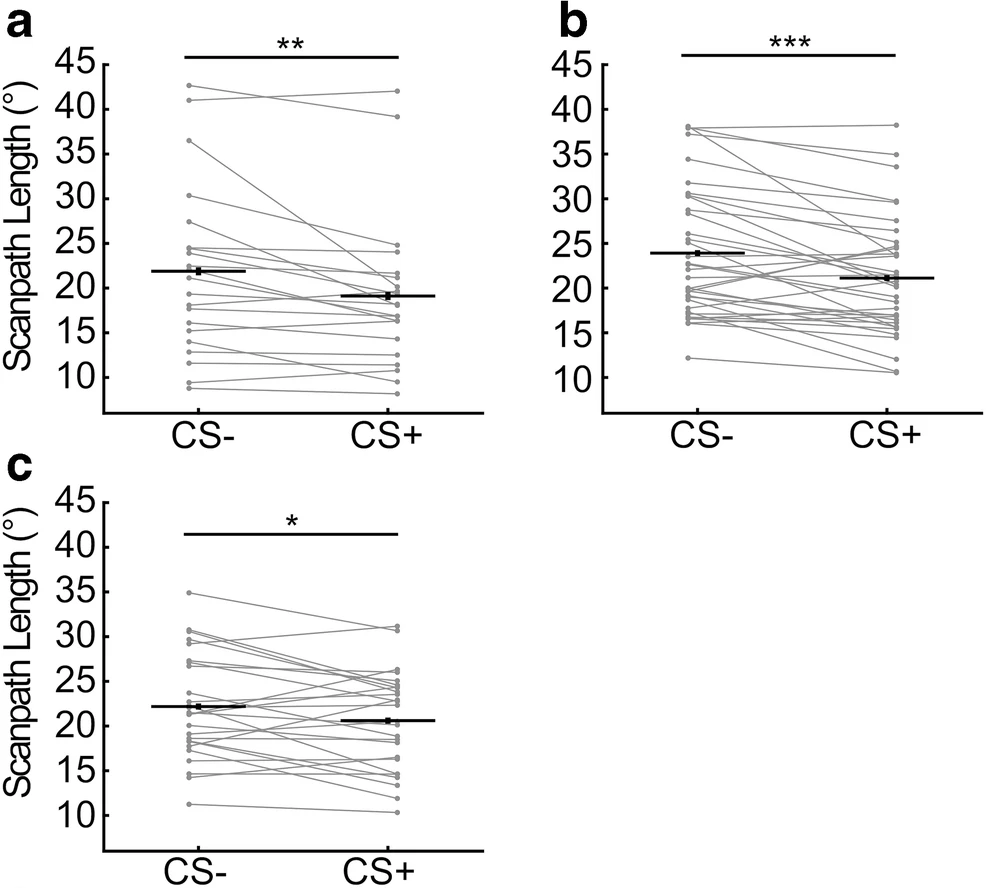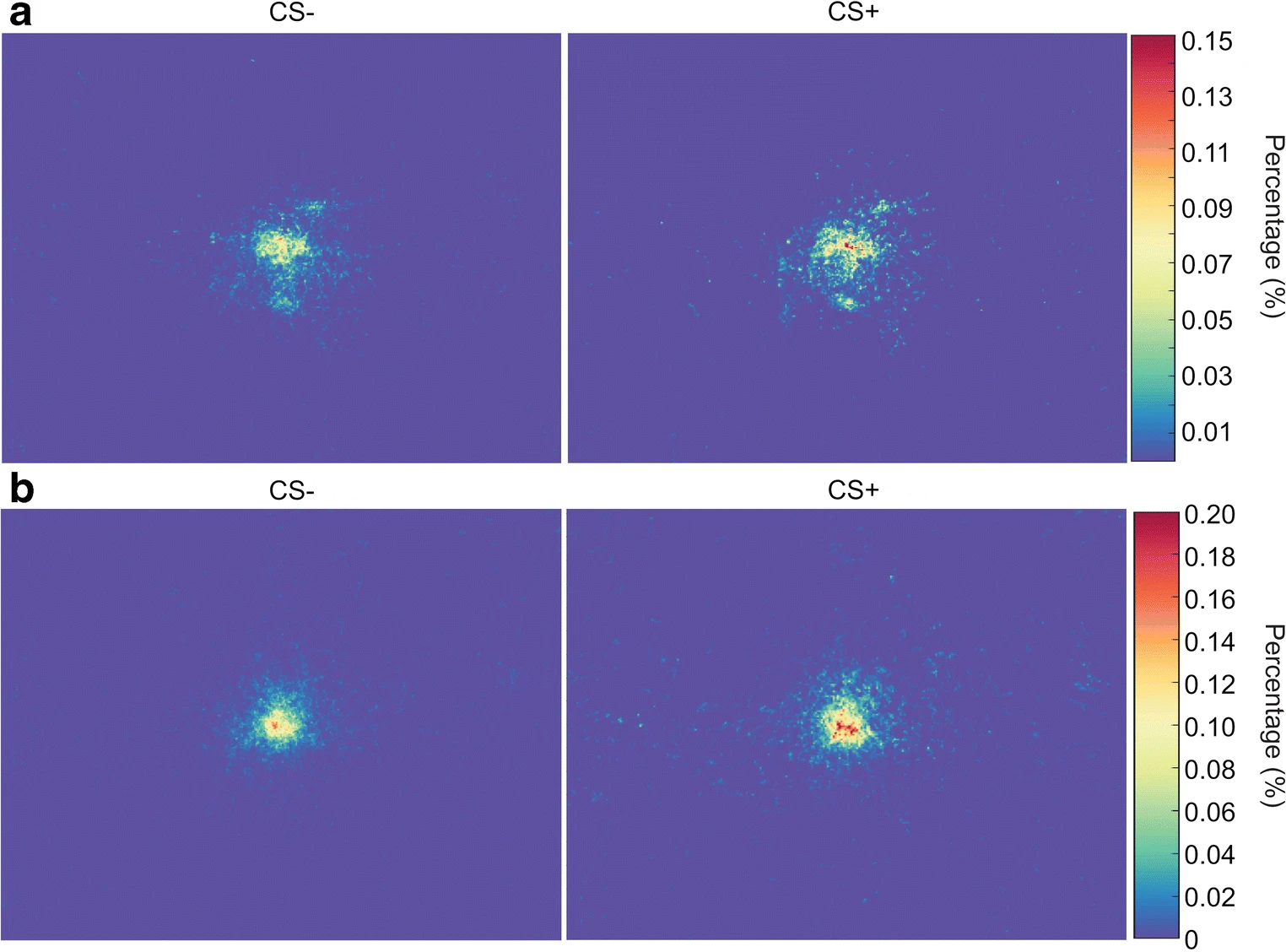It feels like, culturally speaking, we’ve developed quite an interest in the role of fear, anxiety, and trauma in shaping our everyday lives. Popular works of fiction explore the trauma and anxieties of their characters in settings that range from the mundane to the fantastical; just look at the popularity of TV shows like Ted Lasso and Wandavision (posters below), where two very different protagonists—one, an American football coach with an impenetrably sunny disposition who navigates London while coaching the other type of football, the other a reality-warping witch leading a suburban life that keeps morphing into different sitcom styles—both turn out to be heavily informed by the violent loss of their loved ones.

We’re also devouring memoirs about trauma, like those written by Congressman Jamie Raskin and musician Michelle Zauner. Then there is the matter of how the drawn-out collective trauma of the pandemic is still affecting our lives. In fact, there’s been enough discussion about trauma that there are now off-shooting discussions about the widespread use of the word trauma in broader cultural contexts.
To understand the broader effects of fear and its various emotional neighbors—trauma, anxiety, and the other ways in which we perceive life as containing threats—we need to first look at them on a smaller scale. How do we learn to associate certain behaviors as responses to trauma or, more generally, to fear, in the first place? And what are some of the best ways that we can measure the learning of these associations? These are questions that the threat conditioning tasks, which are also referred to as Pavlovian conditioning or fear conditioning tasks, tend to explore.
Currently, some of the most popular means of studying threat conditioning involve measurement of autonomic body responses, like changes in skin conductance, pupil size, and heart and breathing rates. While each of these measures has its own set of advantages, their capacity to distinguish between responses that have been associated with aversive stimuli, like electric shocks, and those that haven’t—a property that this group has termed “retrodictive validity”—is often only moderate at best. Sometimes this is just a practical limitation that scientists have to live with. But other times, an opportunity comes along to develop a new measure to add to this arsenal.
That’s what Yanfang Xia, Filip Melinscak, and Dominik R. Bach set out to do in the research described in their paper called “Saccadic scanpath length: an index for human threat conditioning,” published in the Psychonomic Society journal, Behavior Research Methods. More specifically, they wanted to see if people spontaneously move their eyes differently when presented with displays that were sometimes paired with electric shocks in comparison to displays that were not paired with shocks. Spoiler alert: they do!

In three experiments, Xia and colleagues showed participants two different types of visual stimuli (with certain details of each stimulus type changing in each experiment, as shown in the image below). One type of stimuli was followed by a small electric shock half the time, and the other was never followed by an electric shock. I’m sure you can imagine that people in these experiments quickly learn to associate the shock with the stimuli it was often paired with. If the association is strong enough, they might react in a variety of ways, like flinching or becoming more alert, when they see that conditioned stimulus, and these responses might eventually happen without having to actually shock the participants at all.

The authors were most interested in capturing participants’ spontaneous eye movements to see how they might differ between stimuli that were associated with shocks and those that were not. They told their participants to look at the computer screens throughout the experiment but didn’t provide any further instructions about fixations so that they could record spontaneous eye movements with an eye-tracker. The main measure they were interested in was scanpath length, which is the distance between two points of eye gaze fixations. In the full paper, they also discussed additional analyses for scan speed and reliability with other measures that complement their main findings.
As shown in the figure below, in Experiment 1, which used a previously published dataset as an exploratory tool, the authors found that scanpath length was shorter for stimuli that were associated with electric shocks than for those that weren’t. These findings were replicated in Experiment 2, which acted as a confirmatory experiment for the initial results, as well as Experiment 3, which generalized the findings to more visually complex patterns.

To understand why scanpath lengths were larger for the stimulus types that participants had learned to associate with shocks, the experimenters also tracked where on the screen participants were looking. They found that participants tended to fixate on the center of the screen more when they were shown colors that were associated with electric shocks, whereas they tended to scan over a wider area of the screen when they saw stimulus types that were not associated with shocks.

This might be due to participants entering a heightened state of attention when they’re anticipating something bad, like an electric shock. Think of a dog that suspects that someone might be approaching the house: they might stop what they’re doing and freeze so they can focus on figuring out if someone, possibly a bad someone like the mail deliverer (aka public enemy #1 to a dog), is approaching.
Curiously, these differences in scanpath length do not seem to carry over into the auditory realm. In a fourth experiment, the authors presented auditory stimuli instead of visual ones, while also presenting a visual cross, and found no differences in scanpath length related to learned associations between sounds and electric shocks. Threat-conditioned scanpath length differences might therefore be specific to the visual domain or to an absence of an instruction to fixate away from a cross (which was not present in any of the first three experiments).
Together these studies have provided a new means with which we can study how fear and trauma, and our aversions to the things that cause them, can shape our behaviors. As we continue to explore these ideas in larger cultural contexts, like books, TV, and movies, I feel assured that this new measure, along with the many others used to study threat-conditioning, will eventually help us face our fears.
Featured Psychonomic Society article
Xia, Y., Melinscak, F., & Bach, D. R. (2021). Saccadic scanpath length: An index for human threat conditioning. Behavior Research Methods. https://doi.org/10.3758/s13428-020-01490-5
